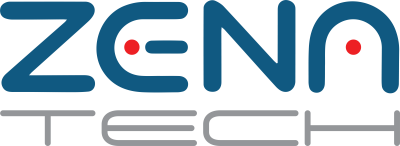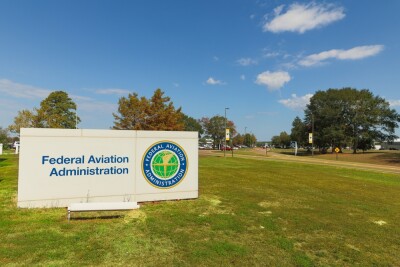In advance of her keynote at next week's Commercial UAV Expo, I sat down with Dyan Gibbens to talk about her impressive career working with UAVs, the origins of her company Trumbull Unmanned, and how the UAV industry has changed since she got involved two years ago. For more information about her "blue sky" vision of UAS to meet the future needs of large enterprise asset owners, be sure to catch her keynote presentation on Tuesday morning.
Until then, get to know Commercial UAV Expo keynote Dyan Gibbens.Commercial UAV Expo: Can you tell me about how you founded your company, Trumbull?Dyan Gibbens: We wanted to serve the energy sector and support environmental responsibility—that’s the overarching reason. We also wanted to leverage our experience and skill sets—we’re a company of UAV operators, pilots, and engineers—and use that to help make operations better, faster, and safer.UAV: When did you and the rest of Trumbull decide to get into UAVs? Was there a moment when you realized that the market had been growing and it was time to jump in?DG: For each of us it’s been a non-linear path. We are all veterans, we all have a decade or more of experience in the aerospace industry, and we all went engineer to pilot to UAV operator. Each of us had that same track. We want to be involved in the engineering as we transition to more autonomous UAS operations.The short version of my career is that I learned to fly at the Air Force Academy. In the Air Force, I ultimately supported engineering and acquisitions for cruise missiles, which are basically drones. Then, eventually, I supported Air Force One, and the Global Hawk UAS.So there’s been a drone theme throughout my career.My focus was UAS integration through my PhD coursework and research in industrial engineering and management. So I took courses like RFID, wireless systems, computer vision, supply chain strategy, and everything that I aimed to apply when I started my own company. There was a theme pulling me into unmanned systems.UAV: It sounds like getting into UAVs was just the natural next step for you. How have you seen the UAV industry grow and change within the energy sector since you’ve gotten involved?DG: We got involved almost two years ago, and the price of oil was relatively stable then. With price changes, we’ve seen certain use cases and applications expand in scale, and we’ve seen some others taper off due to regulatory and budgetary constraints. As a service that makes operations better,, faster, safer, a growing need exists for the type of value-added service that takes people out of harm’s way, reduces risk, and increases efficiency.UAV: What brings you to the UAV Expo?DG: I previously attended SPAR in Houston, and I’m excited about the commercial focus. We’ve seen a big change in the [US] industry with section 333 exemptions, with the global easing of regulations, with the rapid growth in this industry. So it’s wonderful to see the commercial focus.Hearing from clients, hearing from the industry, and the collaboration that comes out of these conferences is what I get excited about. We now find ourselves in a time where we can execute operationally on ideas created at conferences like the Commercial UAV Expo.Subscribe
The information you submit will be stored and used to communicate with you about your interest in Commercial UAV News. To understand more about how we use and store information, please refer to our privacy policy.
October 2, 2015
Get to Know UAV Expo Keynote Dyan Gibbens















Comments